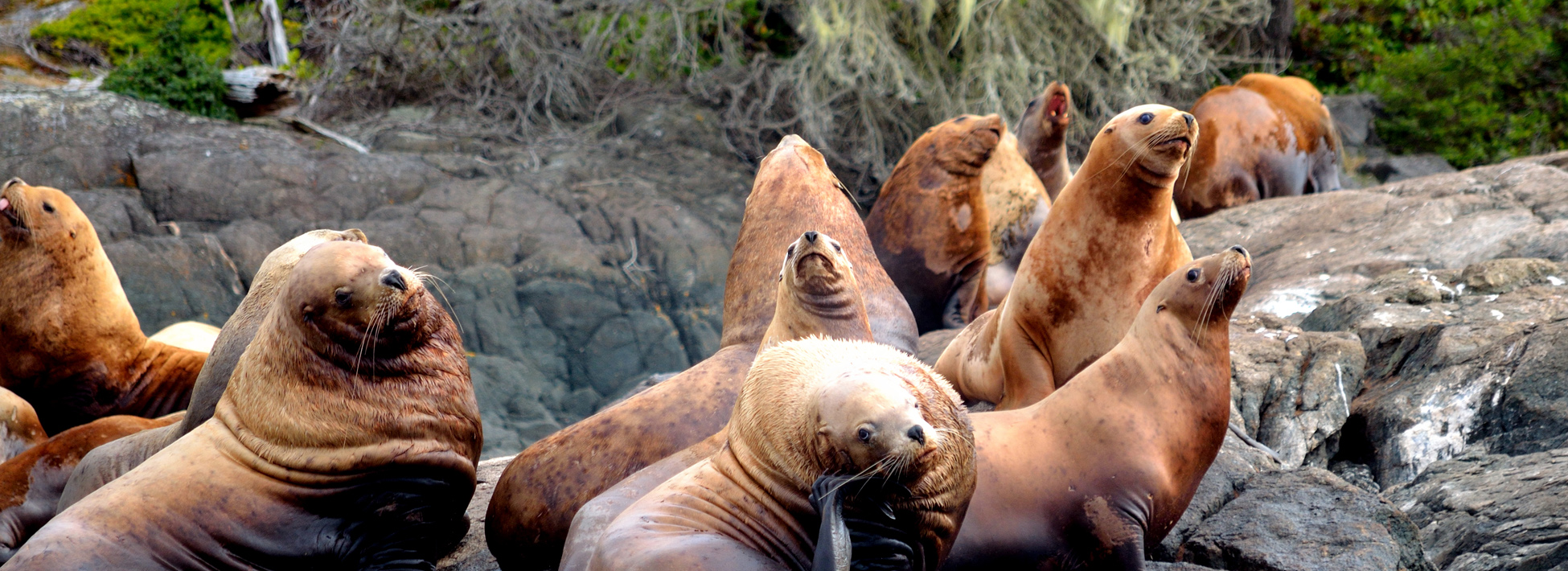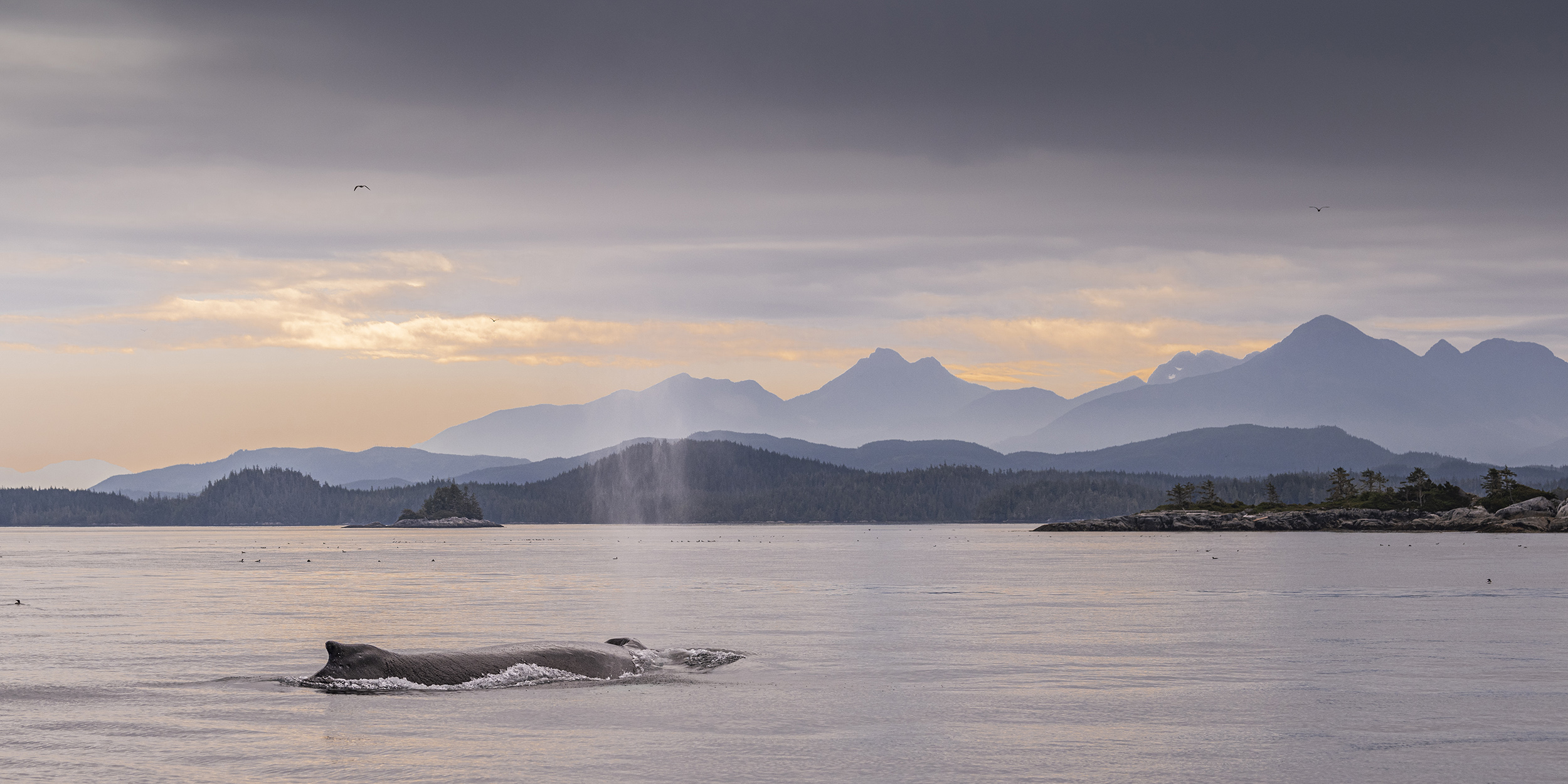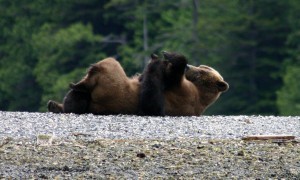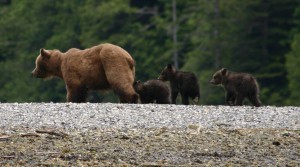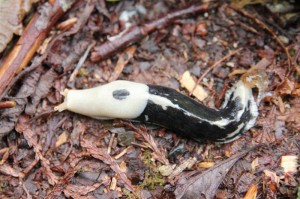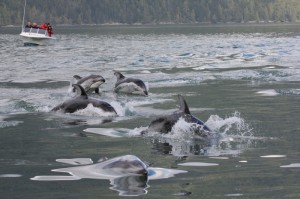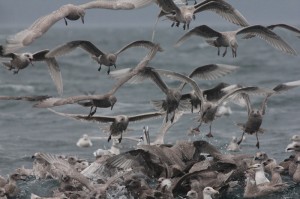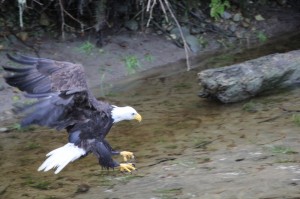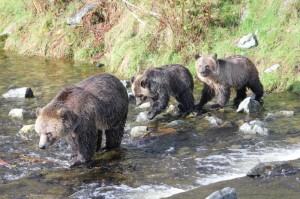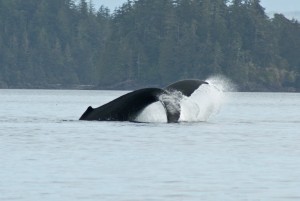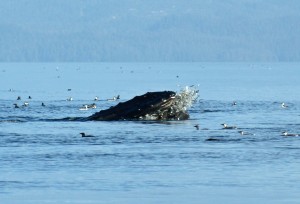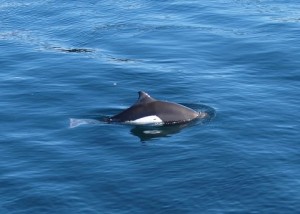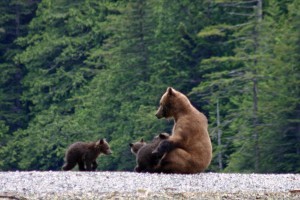
A most unique and interesting set of photos provided by Martyn and Viv Stucke who say “We took (the photos) while out with Glen last year on the 30 May. As you will see they are of mother feeding her three cubs, we gather from Glen quite a rare sight. We watched mother feeding on the rocks with her cubs playing around her for about an hour, she then took them up on the beach only about 50-80 m from us and fed them. The attached are a few photos of the cubs feeding.” The late May and June tours are the time when the cubs first come to the beach with their mothers and are of course the smallest as they would be only three to four months old.
